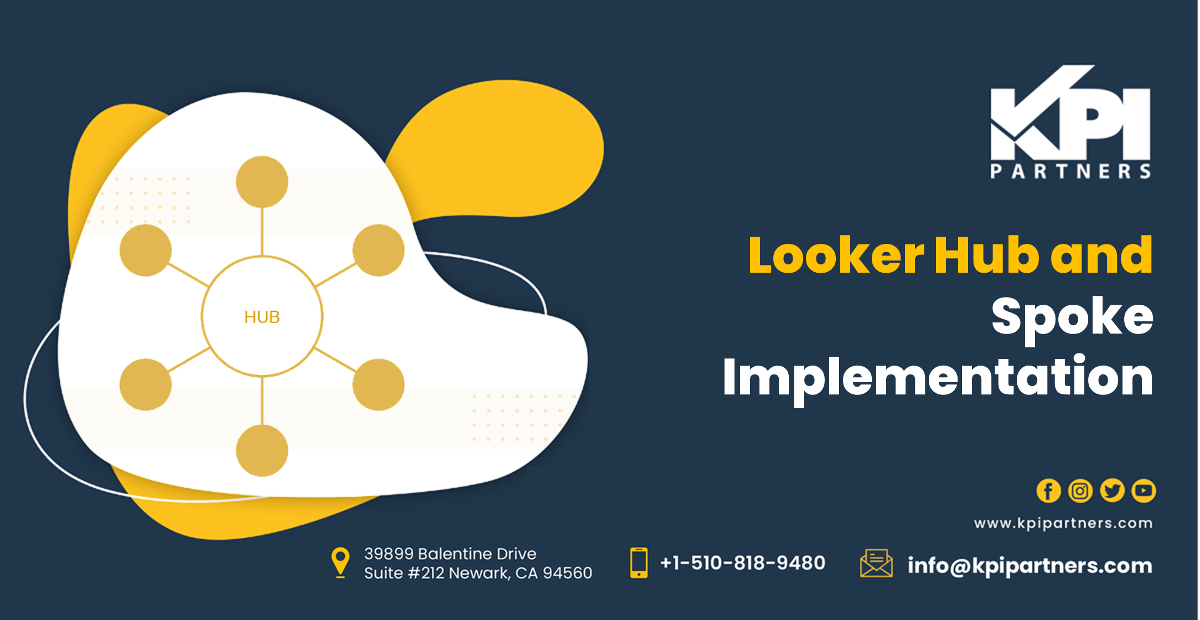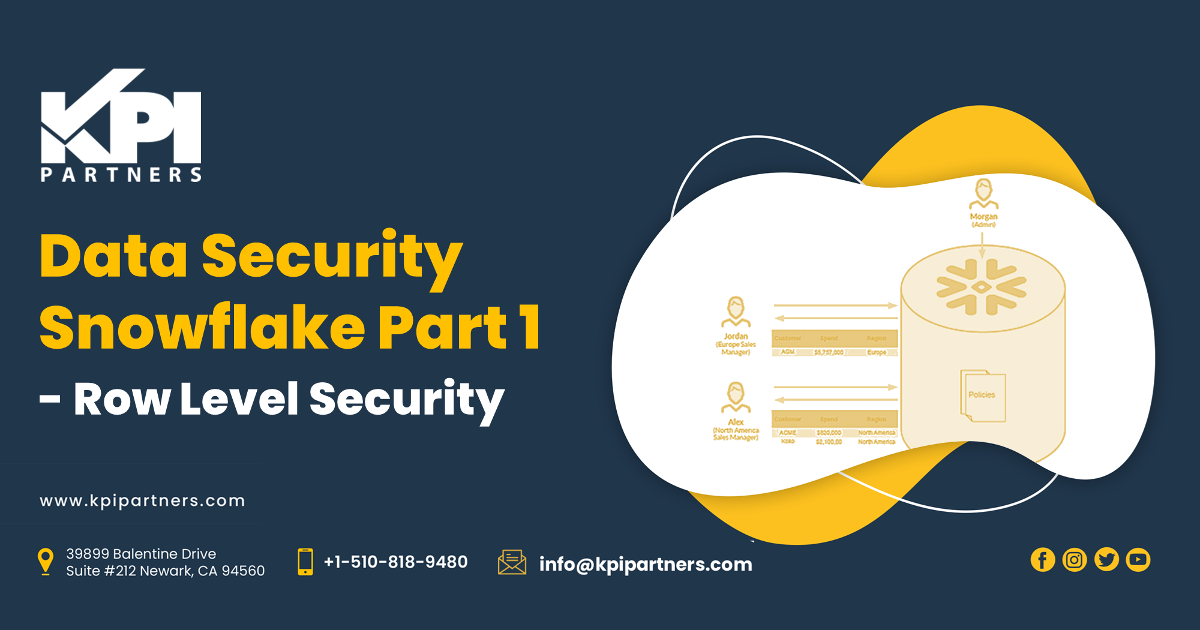by Mangesh Dange
Oracle Big Data Discovery is a set of end-to-end visual analytic capabilities that leverage the power of Hadoop to transform raw data into business insight in minutes, without the need to learn complex products or rely only on highly skilled resources.
There are plenty of people working within in the data pools from industries such as retail, financial services, and healthcare that are telling different big data stories but share similar pain points. The similiarity is that it is difficult to find the insight. The process is time-consuming, unwieldy, and excessively dependent on skilled expertise.
Big data may be over hyped right now, but it is a valuable concept. Big data is confusing and organizations are struggling to collect, store, prepare, query, and properly analyze the data to gain insight. Big Data and Hadoop are closely associated with each other and Hadoop has been quickly adopted as the standard to manage the mass of unstructured data which is critical for achieving value from big data initiatives.
Big data can be messy. There is often uneven data quality and unstructred data sets that weren't designed to be put together. As a result, data scientists spend up to 60-80 percent of their time wrestling with the data rather than generating new business insights.
Traditional business intelligence tools are easily getting overwhelmed by the velocity and volume of big data in Hadoop. Traditional tools don't know how to answer the questions no one has ever thought to ask which is the very point of big data analytics. Some vendors have built solutions to resolve these issues but these tools lack the end-to-end functionality necessary for turning the raw data into analytics. As a result, analysts have work with several different disconnected tools, which does not lend itself to an efficient workflow.
The market is also lacking experts who have the wide range of advanced skill sets necessary to handle the art and science of big data such as SQL, ETL, statistics, programming, and domain knowledge.
The Big Data world has been in need of a discovery tool which makes the process of extracting value from large volumes of complex data easier. Oracles Big Data Discovery tool tries to simplify the process of big data management and makes it easier and faster to gain insight. Oracle Big Data Discovery gives a visual face to Hadoop by converting complex command-line functions within a modern visual interface. An analyst no longer needs to understand the detail of each component in the Hadoop ecosystem in order to gain value.
Oracle Big Data Discovery, the visual face of Hadoop, eliminates all this confusion by forming a clear path to value while addressing the issues which hinder the progress of big data analytics. Using visual analytic capabilities, Oracle Big Data Discovery works with Hadoop to transform raw data rapidly into business insight. Oracle BDD delivers value through a fundamental approach in five easy steps - Finding Data, Exploring Data, Transform Data, Discover and Share Data.
Step 1 : Finding Data
An analyst has to filter lots of potential data in order to improve the results of a marketing campaign such as loyalty program details, complaints, customer comments, and more. To determine which aspects of that data is appropriate and reliable is not easy. By using the visual interface of Oracle Big Data Discovery, analyst don't have to understand those components of the Hadoop ecosystem anymore to get the result. Using the intuitive interface, the analyst can easily navigate through a visual catalog of all the raw data in a Hadoop cluster and quickly identify which is the relevant data actually valuable to the project.
Step 2 : Exploring Data
One has to explore the data to understand the potential value of data. Oracle Big Data Discovery quickly speeds the data exploration process. To determine the importance of data, analysts can visually sort the information and experiment with different data combinations of data.
Step 3 : Transform Data
Generally, data needs to be well structured before starting with analytics. With Oracle Big Data Discovery, analysts use an intuitive spreadsheet-like approach to transform big data into analytics. At the same time, the data can be enhanced to conclude location, language, topics, and themes from the raw data. Rather than spending 60 - 80 percent of their time on data composition, analysts can quickly transform large amounts of big data into analysis. This speeds up the time-to-value for the entire business operation.
Step 4 : Discover
Gaining insight requires imagination, which is difficult to develop in-house or hire from anywhere. Oracle Big Data Discovery allows businesses to get better results from analytical talent through tools that automatically blend data for deeper perspectives and help analysts to see new patterns in interactive data visualizations.
For example, if a retail analyst wants to scrutinize the reasons for customer churn, he can use Oracle Big Data Discovery to join different data sets. It might show that customers in a certain geographic region using a certain application are canceling their accounts because of a glitch in technical services. The data can be sorted by navigational path or search to identify areas of concern.
Step 5 : Share Data
Oracle Big Data Discovery fulfills the promise of big data analytics by enabling the efficient distribution of results. The information can become the center of interest for business collaboration where teams can share bookmarks or projects.
Mangesh Dange is a Certified Project Manager and Project Coordinator at KPI Partners. Mangesh has several years of experience in the IT industry where he has had an emphasis on project management. Check out Mangesh�s blog at KPIPartners.com.




Comments
Comments not added yet!